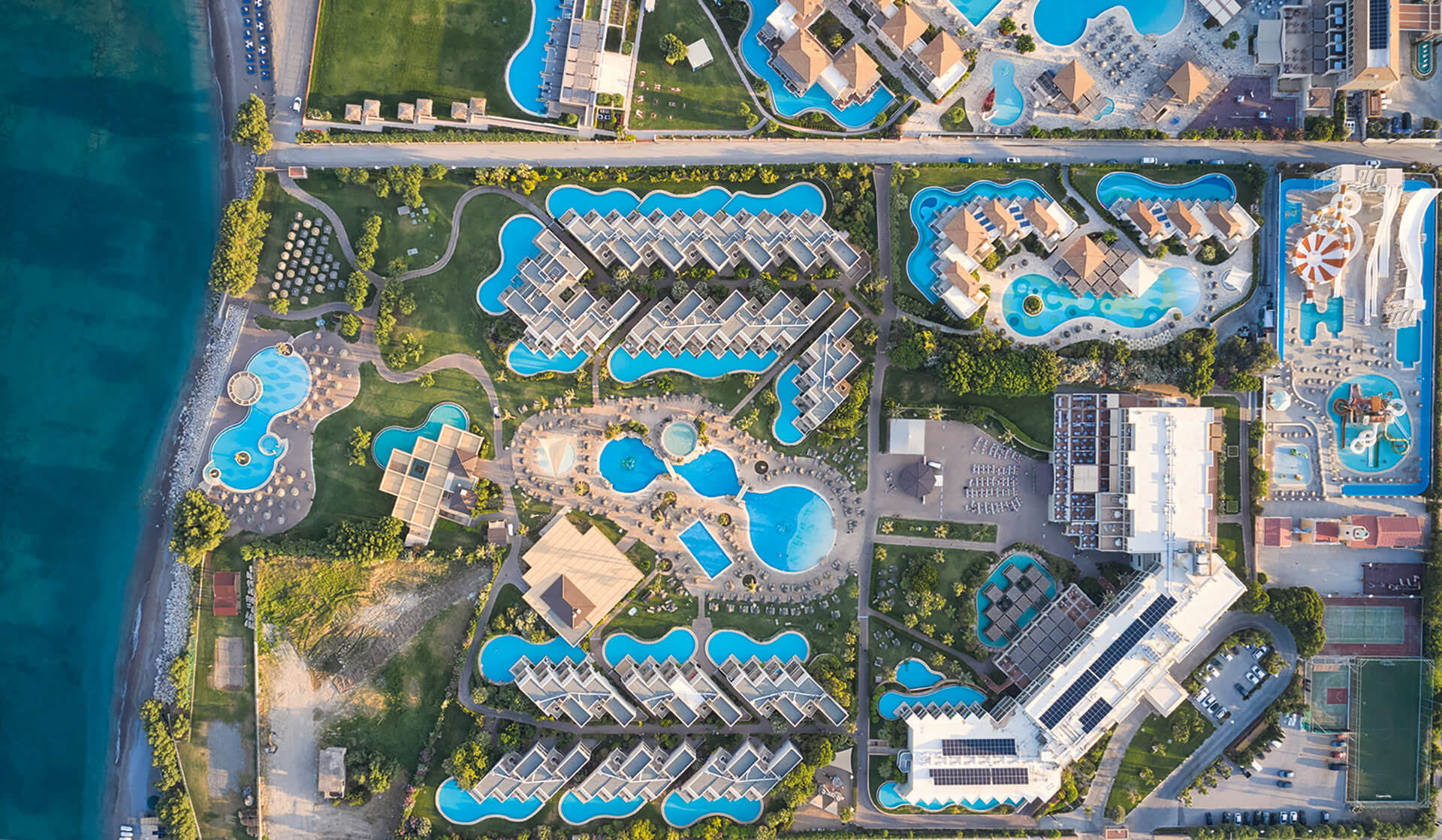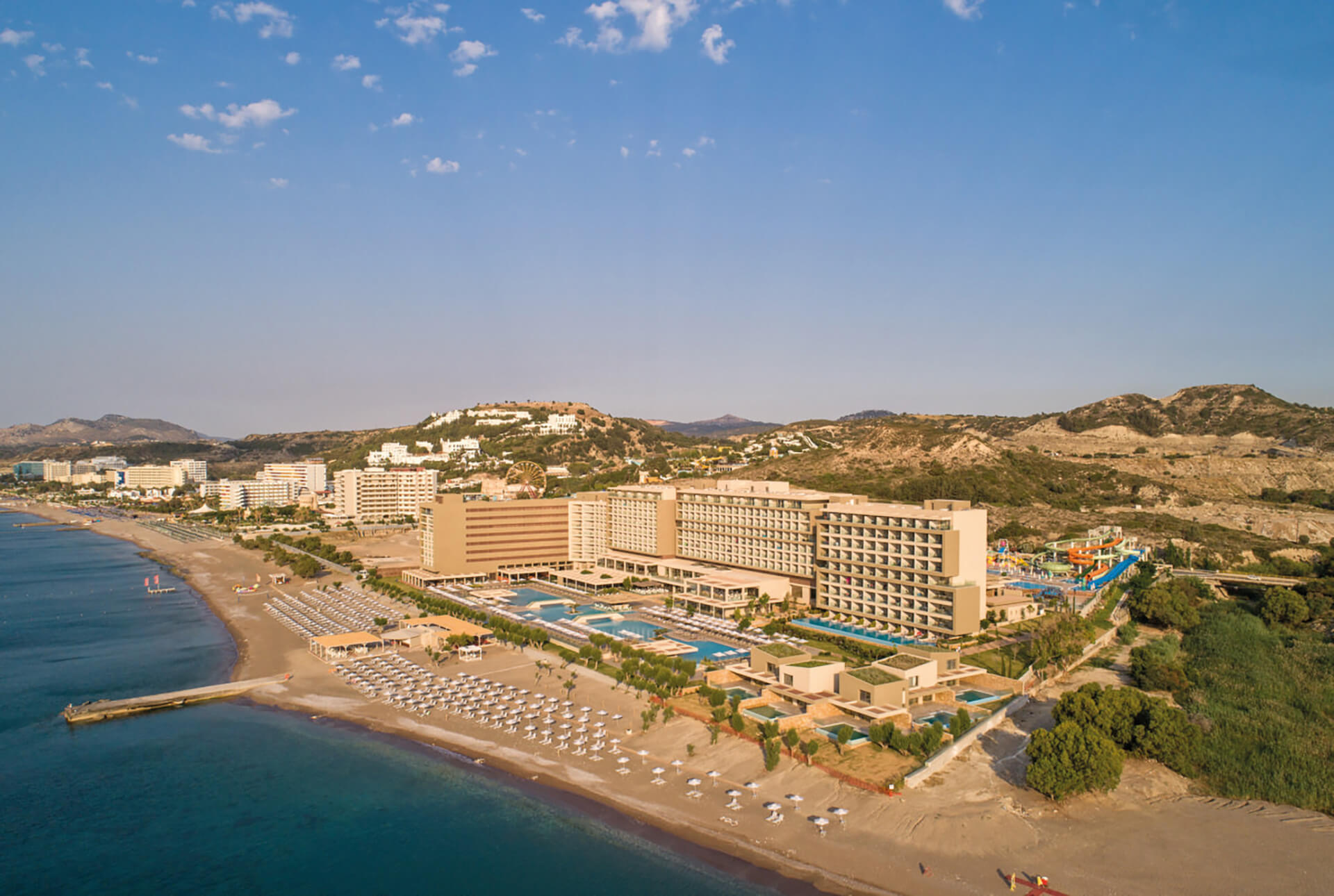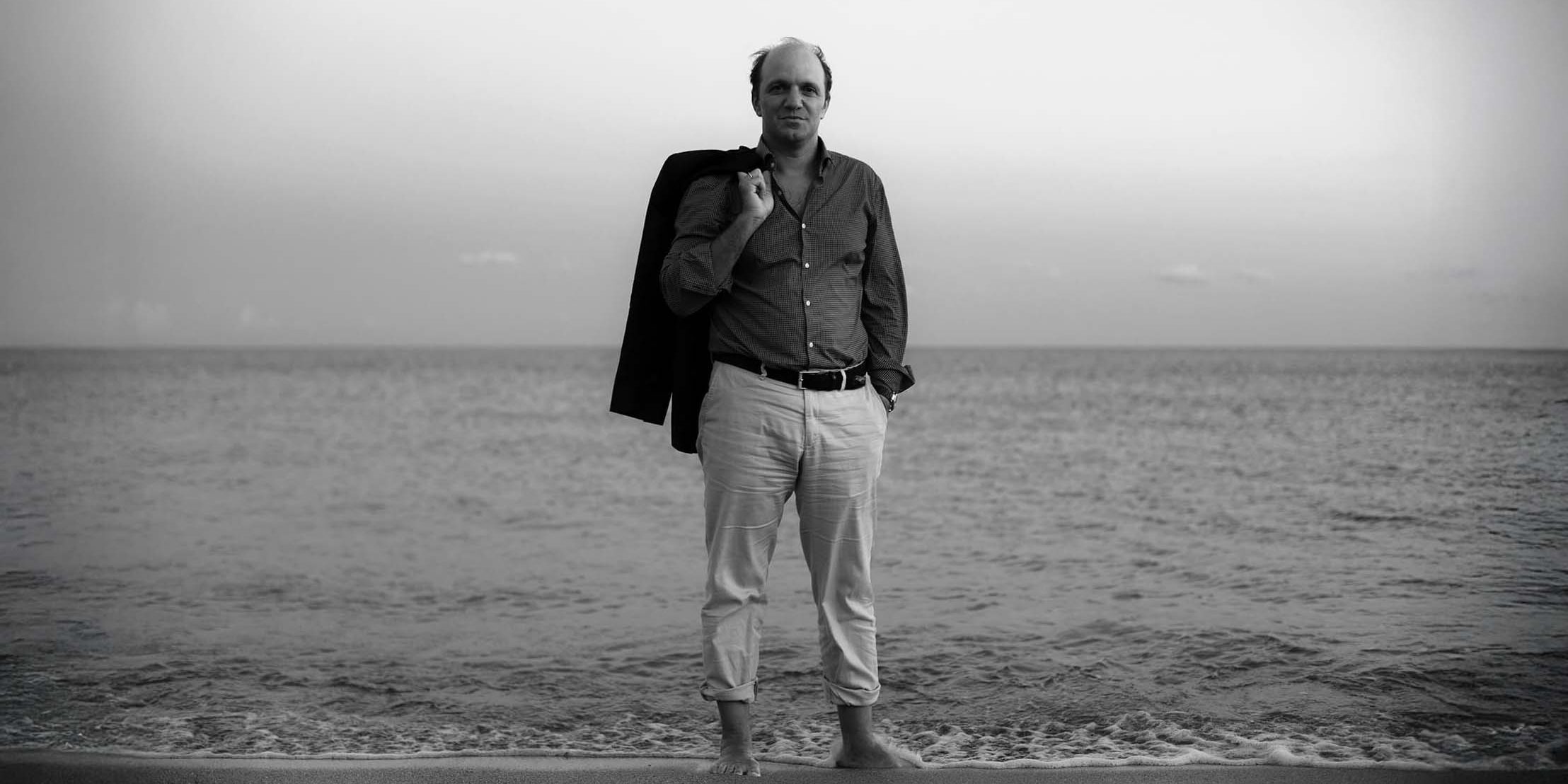Kydoniatis Architects, based in Athens, is an architectural practice with a lineage spanning three generations. The office undertakes both small- and large-scale projects: fully integrated tourist resorts, residential complexes and private homes, apartment buildings and vacation houses, restorations and reconstructions, over 240 high-spec retail stores, office buildings, schools, pharmaceutical industries, and data centers.
Its design approach combines functionality and sustainability with respect for place, organizing complex programs with deep technical and construction knowledge. The practice is currently led by architect Konstantinos Kydoniatis, representing the younger generation, alongside his brother Phaedon.
S.M.: The office has extensive experience in designing integrated resorts based on the all inclusive model. How did this activity begin, and how have the relevant standards changed over the years? Does this typology have a sustainable future?
K.K.: We have repeatedly undertaken large-scale complexes, with capacities reaching 2,000 beds. However, I believe the term all inclusive remains misunderstood: historically it was associated with “cheap” tourism, whereas today it includes products of exceptionally high standards. There is a Greek hotel chain that operates exemplary all inclusive resorts with a notably high daily rate. The hotels we design—whether targeting couples or families, whether offering accommodation only or full service packages—strictly follow quality and organizational standards.
My personal involvement began early in my career at my father’s office. Twenty-five years ago, a family-run hotel company with three complexes in Cyprus commissioned us to support its first steps in Greece, on the island of Rhodes. Since then, the company has grown into a giant with over 45 resorts, and our collaboration continues. The experience of that period, combined with a stable relationship of trust, gave us a solid framework to deeply understand operational flows, renovation cycles, and strategies for differentiating the guest experience.
The persistent problem in Greece is the absence of an organized, coherent national tourism strategy. Policies rarely have continuity, infrastructure lags behind, and overall coordination is insufficient. While private initiative has significantly upgraded accommodations and services through competition, it cannot carry the entire burden. Many stakeholders act based on narrow self-interest, without a broader strategic vision. At key arrival and departure nodes, such as airports and ports, infrastructure is often inadequate, and transportation to and from them remains problematic – despite the fact that we are a tourism-driven country.
I believe Greece should – and can – address a wide range of visitors, from very high to mid-level spending. A critical priority is extending the tourist season, at least on the major islands (Rhodes, Crete, Corfu, Kos). New complexes must be designed from the outset for more than 6–7 months of operation, with sufficient indoor activity spaces and programmatic flexibility. Large resorts facilitate this transition, offering a rich mix of dining, leisure, wellness, and sports facilities, with clearly organized workflows and infrastructure.
Organized complexes serve families exceptionally well, with safe, distinct, high-quality spaces for all ages. Smaller accommodations, on the other hand, offer more specialized experiences with a strong following. The key requirement, regardless of scale, is adherence to standards and proper organization.
Unfortunately, a large portion of the supply remains unorganized. In terms of sustainability, the all inclusive model clearly has a future, provided it incorporates bioclimatic strategies, energy and water efficiency, circular material practices, adequate shading and natural ventilation, and infrastructure for year-round operation. This way, it ceases to be a “flattening” package and becomes a tool for the rational management of resources and experiences, with measurable benefits for the local area.

S.M.: You often renovate your older works to bring them up to contemporary standards. When do you preserve existing features and when is new architecture required?
K.K.: Long-term client relationships are a hallmark of our office. Typically, after around 12 years of operation, an accommodation facility requires renovation, sometimes fully, other times in targeted areas. Indicative interventions include adding private pools to ground-floor rooms, aesthetic and energy upgrades, creating indoor pools to extend the season, and reorganizing F&B spaces with multiple dining points and themed concepts. Where older complexes had 1–2 restaurants, today large resorts require 6–7, plus 4–5 café-bar points.
For newer buildings, interventions are usually mild, focusing on energy and lighting. For older ones, often in prime locations, we essentially proceed with radical reconstruction, applying a new, contemporary architectural vocabulary and technical framework. Statistically, for every new hotel we design, we reconstruct at least twice as many older units from the same portfolio, a reality that reflects the renewal needs of mature tourism markets.

S.M.: What other types of building projects does the office undertake, and how does this experience enrich your hospitality design?
K.K.: We are interested in new challenges and diverse building programs. We design and implement single-family homes, residential complexes, apartment buildings, vacation houses, restorations and reconstructions, office buildings, schools, and even pharmaceutical factories. We have designed and executed over 240 high-end retail stores.
The interaction between typologies is bidirectional, but I find that experience from “other” projects feeds even more strongly into hospitality design: an integrated resort is, in practice, a small city.
A resort’s program includes reception areas, dining facilities, indoor, outdoor, and semi-outdoor activity spaces, sports facilities, spas, pools, retail, daycare centers and playgrounds, multipurpose halls and amphitheaters, medical spaces, professional kitchens, storage areas, staff rooms and facilities, mechanical rooms, tanks, and water/wastewater treatment installations. Understanding this complexity requires design that balances function, experience, and resilience. This is precisely where we draw on knowledge from our other typologies, so the whole becomes more than the sum of its parts.
Read the full interview in the ek issue 302 | November 2025.





